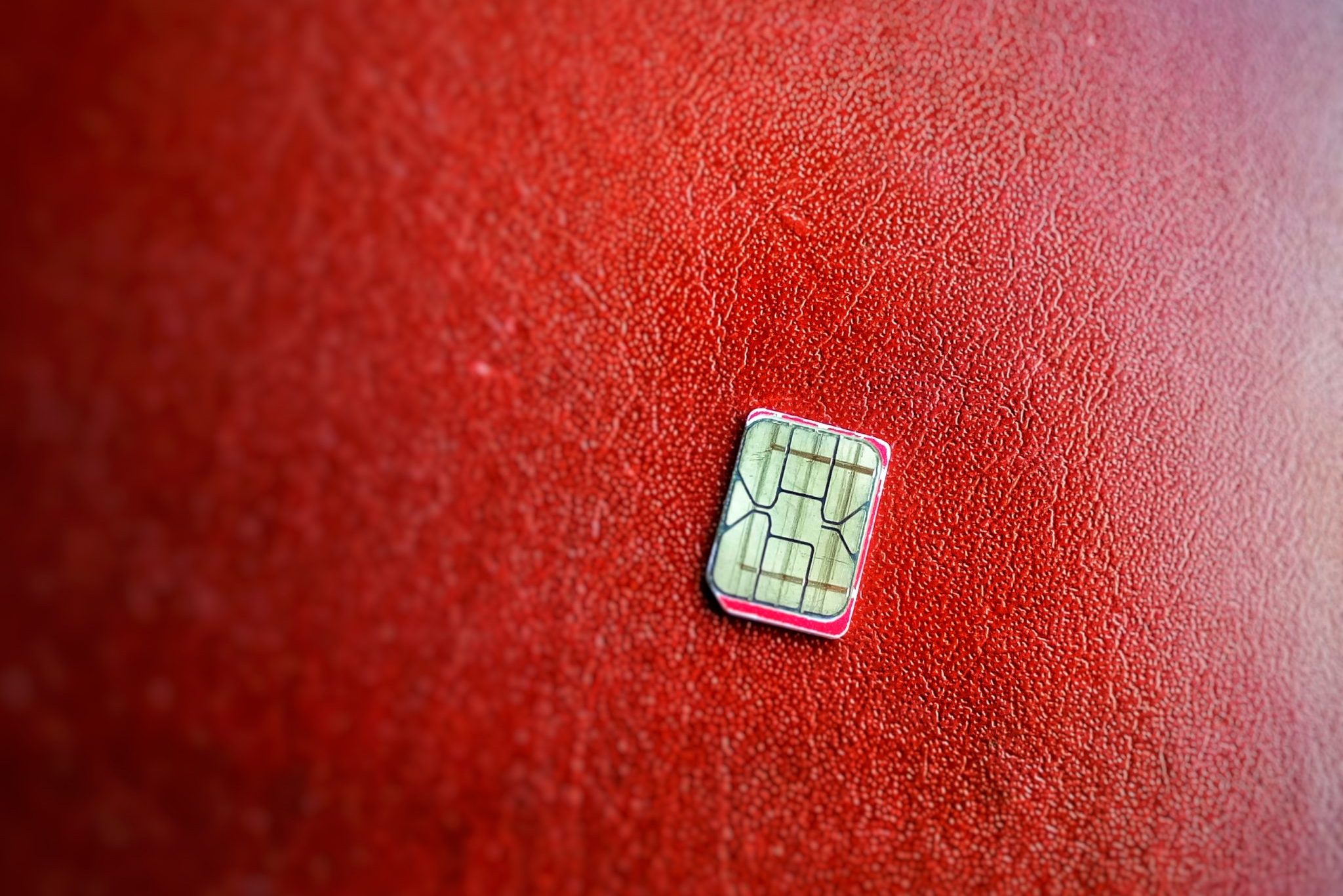
From coronavirus to 5G, here are the fake news dangers affecting kids now - and how to protect them.
In a recent survey, half of British adults said they encountered fake news online daily. Some stories might be mindless content that someone thinks is funny, but some fake news is harmful. As COVID-19 spread, for example, many were reassured by promises in an article circulating on Facebook that eating lots of garlic would help build immunity against the virus. As hand sanitiser sold out, unsafe recipes for homemade versions went viral.
We have no definite numbers for how much news online is fake. But as one indicator, IPSO, the independent regulator for the UK’s newspapers and magazines, recently recorded a nearly 25% increase in stories that breached accuracy guidelines, suggesting that it’s on the rise.
What is fake news?
Fake news is content that is not factual. This includes stories that are circulated online – usually via social media but also in the press – to make people believe something untrue, or stories that may be true in part but have been exaggerated or distorted to make the reader adopt a certain point of view. Fake news is not new, but the internet has provided an international platform for the sharing of made up stories.
Why does spotting fake news matter?
Sharing stories that are untrue can have a big impact on public safety, on democratic elections, and on a person’s reputation. Conspiracy theories claiming that 5G technology was helping to transmit coronavirus were dismissed universally as “complete rubbish” by scientists – but not before they were shared by social media accounts with hundreds of thousands of followers.
Spreading fake news can cause children to feel stupid when their friends point out that they’ve fallen for a trick.
How does fake news spread?
People share fake news on social media, repeating what they’ve heard – rather like repeating gossip at a party. Of course, when people discover that it’s not true, the originator of the rumour may feel embarrassed.
Why would someone make fake news?
Sometimes people spread stories because they think they are funny.
But there are also companies and unethical governments that use clickbait headlines to spread stories they think will help them win support – whether that’s political, ideological or simply for profile raising.
What is being done to stop this?
Facebook, Twitter and Google have all been criticised for failing to deal with fake news and have all announced plans to crack down on misinformation by removing it from their sites when it is pointed out to them. For example, in the midst of the Covid-19 pandemic, Mark Zuckerberg, CEO of Facebook, announced that millions of users would be informed if they had seen posts containing misinformation about the virus. His announcement came after the campaign group Avaaz discovered that more than 40 per cent of coronavirus-related misinformation it found on Facebook remained on the platform even after the social media giant was told that the posts were false.
The bottom line is that campaigning for better standards and monitoring from social media sites is just as important as developing our ability to spot and challenging inaccurate information online, no matter what our age.
To protect your family from fake news, here are a few things to think about, and remind your kids of, when you encounter a story online.
Five ways to spot fake news
To avoid being tricked by fake news, ask your child to consider these questions:
- Is it being reported elsewhere?
Have you seen this story anywhere else online, on TV or radio?
- Is the site name normal?
Do you trust the website where you saw this story? Do you recognise its name? Check the website address: you want to see something typical like .org or .com or .co.uk at the end, not an unusual jumble of letters.
- Do the photos and videos look right?
Or do they look photoshopped?
- Headlines matter – but so does content. Have you read it?
Does the headline agree with the content of the article? Read the entire piece before you share a story to be sure that it is an article you really would like to endorse.
- Have you sense-checked with an adult?
If you have any questions about the above, check with an adult and ask them what they think about the story.
What now?
Now you’ve armed your child with the tools you need to query whether a story is fake, remember there are lots of good, reliable news sources for children.
- The Newsround TV programme has been severely reduced, but it still has a strong online presence, where children can watch and read updates on top news stories.
- Children can subscribe to First News, the weekly newspaper run by and for children. It has a useful website and its editor is also in charge of a new TV news programme FYI, reported by children on Sky.
- Another popular news magazine for kids is The Week Junior.
- Children interested in animals and the climate will also find regular discussions of both in National Geographic Kids.
The internet was invented as a tool for sharing information. We’re all responsible when it comes to preserving its potential for good.




